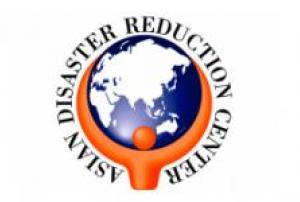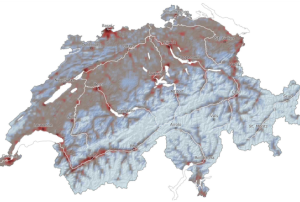Earthquake
Definition
Facts and figures
Further information
UN-SPIDER Regional Support Offices with hazard-specific expertise
Related content on the Knowledge Portal
The Space and Upper Atmosphere Research Commission (SUPARCO) of Pakistan and the United Nations Office of Outer space Affairs (UNOOSA) signed the cooperation agreement on the establishment of a UN-SPIDER Regional Support Office (RSO) on the occasion of the 47th Scientific and Technical Subcommittee sessions on 12 February 2010.
SUPARCO, the national space agency, was established in 1961 as a Committee and was granted the status of a Commission in 1981. SUPARCO is mandated to conduct R&D in space science, space technology, and their peaceful applications in the country. It works towards developing indigenous capabilities in space technology and promoting space applications for socio-economic uplift of the country.
Address:
Pakistan Space and Upper Atmosphere Research Commission (SUPARCO)
Islamabad Highway,
Islamabad-44000 PakistanMission/Objective:
To…
read moreLe Centre Asiatique pour la Prévention des Catastrophes (ADRC) et le Bureau des Affaires Spatiales des Nations Unies (UNOOSA) ont signé l'accord de coopération sur l'établissement du Bureau Régional d'Appui (BRA) ONU-SPIDER de l'ADRC à l'occasion de la 52ème session du Comité des Utilisations Pacifiques de l'Espace Extérieur (COPUOS) le 4 juin 2009.
The Swiss Seismological Service (SED) at ETH Zürich introduced on March 7 the first seismic risk model for Switzerland. The new model, that complements the Seismic Hazard Map published by SED in 2004, shows the potential impact of earthquakes on the population and infrastructure in the country. The seismic risk model, that combines information about earthquake risk, effects of the local substrate, building vulnerability, and affected persons and assets, is freely available to the public. The model is intended to help government agencies make informed decisions in the face of disaster preparedness and disaster management.
Based on the seismic risk model, it is estimated that destructive earthquakes in the…
read more15/03/2023









